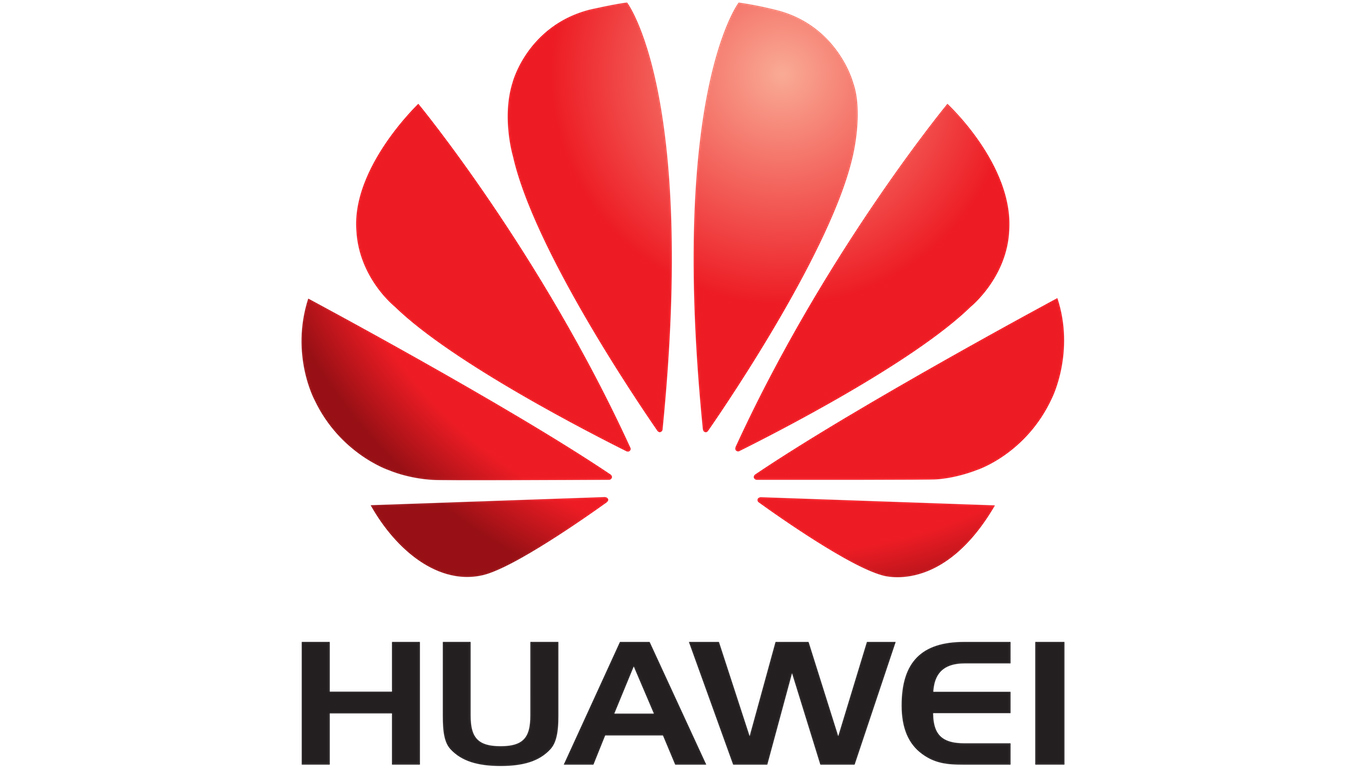Technology
Are US Restrictions Putting the Controversial Huawei Out of Business?

Published:
Last Updated:

Chinese smartphone and telecom equipment maker Huawei has been under U.S. scrutiny for more than seven years. A 2012 report from the House of Representatives Intelligence Committee concluded that Huawei and another Chinese phone maker, ZTE, were threats to U.S. national security interests. The precise nature of the threats was unspecified, but last year the Trump administration forbade the purchase or use of Huawei and ZTE equipment by government employees or contractors.
In general, any networking switch poses a threat because every packet of data on the network goes through those switches. Changing it before sending it on its way or making and sending a copy to a third party are theoretical possibilities.
Last week, the White House imposed restrictions on U.S. companies that provide technology to Huawei. On Sunday, Reuters reported that Alphabet/Google would no longer supply hardware, software or technical services to Huawei, although current users of Huawei smartphones with Google apps will still be able to use and download updates for Google-supplied, open-source-based apps. Essentially, Huawei’s license for Android has been revoked.
About half of Huawei’s 2018 revenues came from smartphone sales, according to a report from CNN. Only Samsung sells more smartphones than Huawei, and the Chinese company’s 2018 earnings from its consumer business was $50 billion on about 45% of Huawei’s revenues.
The administration’s ban on Huawei products is aimed primarily at the company’s networking equipment, not its consumer products. But the collateral damage could be severe for the company. IDC’s Bryan Ma told CNN that cutting off access to Google apps and services for millions of Huawei smartphone users outside China effectively turns “the Huawei phone into a brick.”
The Chinese government continues to back Huawei and has made no retaliatory moves against the Trump administration’s blacklisting. According to Chinese law, Huawei, like all China-based companies, is required to cooperate with the government’s intelligence services. That requirement practically guarantees that some form of retaliation will ensue.
So far, Australia has followed the U.S. lead and banned Huawei equipment from its networks, and New Zealand has initiated a partial ban. The United Kingdom, however, has agreed to continue using the equipment in non-essential parts of the country’s build-out of a 5G network.
The U.S.-China struggle over which nation will control the global 5G network is at the heart of the administration’s ban on licensing U.S. technology to the Chinese company. The U.S. ban on licensing products to the company includes a ban on the chips Huawei has been receiving from Intel, Xilinx, Qualcomm and Broadcom. Bloomberg reported Sunday that all four have notified their employees not to supply products to Huawei until notified to the contrary. Without this hardware, Huawei’s 5G plans may be mortally wounded.
Could this combination of threats to both its consumer and network businesses be the end of Huawei? That probably depends on how the Chinese government responds. If a crippled Huawei has no value to the government, it will be allowed to fade away. If, however, the government believes it can leverage Huawei’s existing installations of networking equipment, the government will prop up the company, at least for a while. How long probably depends on how successful the U.S. blacklisting becomes with other buyers of Huawei’s smartphones and network gear.
Thank you for reading! Have some feedback for us?
Contact the 24/7 Wall St. editorial team.